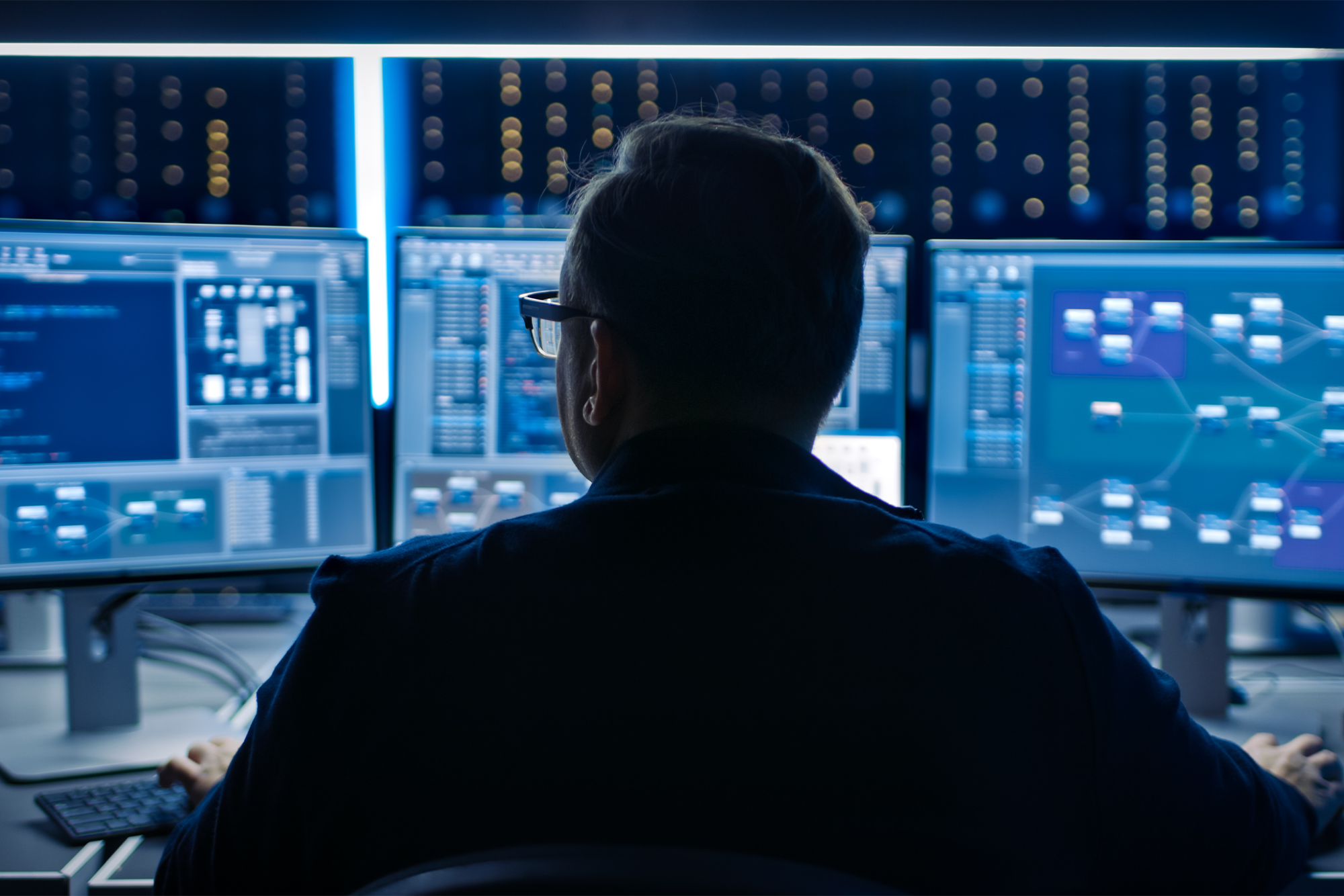The Use and Storage of Flammable Liquids
On a daily basis, workers in the oil and gas industry are exposed to a variety of flammable or combustible liquids, including gasoline, diesel fuel, oil, and a variety of common items such as solvents, thinners, cleansers, adhesives, paints, waxes, and polishers. These liquids can cause serious harm or death if handled or stored incorrectly.
To fully comprehend the dangers of flammable and combustible liquids, it is critical to understand that it is the vapor, not the liquid, that burns. An explosion can occur, for example, when a worker drains a gasoline tank and begins repairs on the tank that involve welding or brazing. Even though the tank is empty, gasoline vapors are present. An explosion can easily occur if the vapor concentration is within the explosive range and an ignition source is introduced.
General Safety Rules
When working with flammable and combustible liquids, the following work practices must be followed:
- Only use Class I flammable liquids (any liquid that can ignite at temperatures less than 100° F) where there is no open flame or other ignition source in the path of the vapor.
- All containers must be properly labeled and marked with the complete chemical name; all containers must be metal, sealed with a cap or lid, and not damaged or leaking; and all containers must be metal, sealed with a cap or lid, and not damaged or leaking.
- Never store flammable liquid containers near exits, aisles, stairwells, or doors, even for a short period of time. Flammable containers should also not be placed in places where they could obstruct an emergency exit from an area or building.
- Do not transfer liquid unless there is an employee present who has been trained to stop the transfer in the event of a spill.
- When transferring flammable liquids from one container to another, the two containers must be connected by a conducting wire, with one container grounded.
- Keep in mind that welding, flame cutting and soldering, and other flame-, heat-, or spark-producing work is not permitted within a 25-foot radius of liquid use and storage areas.
- Never smoke in combustible and flammable liquid storage and handling areas, or within a 25-foot radius of these areas.
- Always have access to fire extinguishers and other emergency response equipment. Within 10 feet of any flammable and/or combustible liquid storage area, and within 50 feet of any flammable liquid use area, at least one fire extinguisher must be located.
- Contact your supervisor if you have any questions or concerns about the safe handling of these liquids on the job.
This safety matters flyer is for general informational purposes only, and is not intended as medical or legal advice. © 2014, 2019 Zywave, Inc. All rights reserved.
About the Author
Share This Story
Related Blogs
Enhancing School Security: Practical Strategies for Safer Campuses
Enhancing school security is one of the most pressing responsibilities for education leaders today. As school campuses evolve, so too must the systems that protect them. For administrators, safety professionals, and district decision-makers, creating a secure learning environment means taking a proactive, layered approach that includes physical security, training, technology, and community involvement.
5 Common Cybersecurity Mistakes and How to Avoid Them
All organizations, regardless of their size or industry, are at risk of being targeted by cybercriminals. These malicious actors can conduct cyberattacks, leading to significant financial, operational and reputational damage that can be difficult or impossible to recover from. Fortunately, solid cyber hygiene practices can reduce the likelihood of data breaches and other cyber incidents from occurring, and many of these practices are relatively low-cost and easy to implement.
Insurance Coverage Basics For Boatowners
A small boat, such as a canoe or other un-motorized boat, is typically covered under the personal property portion of your homeowners insurance policy. If you own a larger, faster boat, you'll need a separate boatowners insurance policy. A typical boatowners insurance policy is designed to protect your boat, motor, equipment, and passengers. It affords similar coverages to those you typically have for your car including:








